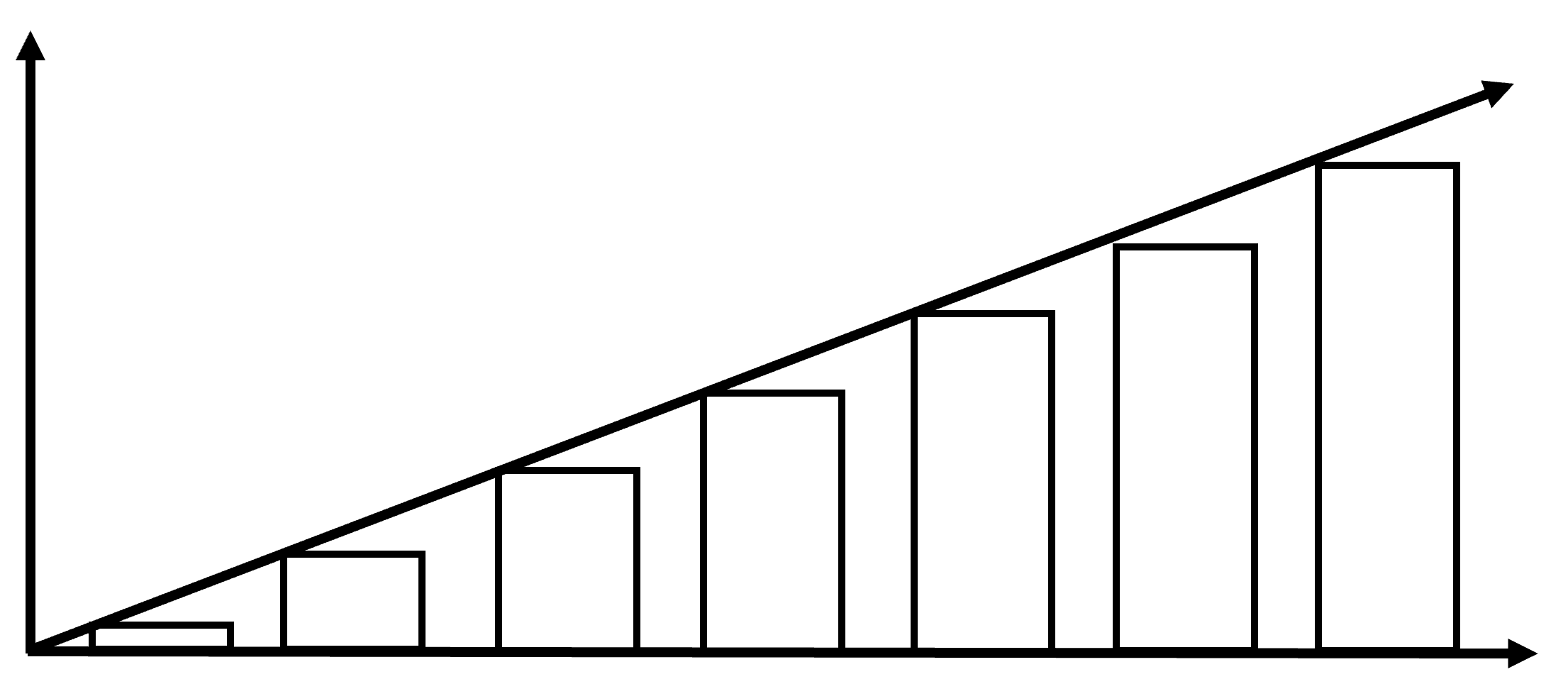Productivity
"The savings potential is great. Your machining processes are brought up to the latest standards, and tools, cutting data and programs are also optimized."
At the beginning there is always an analysis of the current situation. With the knowledge gained from this then then be used to plan and implement an optimization of productivity. The analysis should possibilities of optimization. All processing steps are examined individually. On the basis of the analysis the steps of the optimization are specified. This can be a complete optimization optimization with all the points listed below, but also only a partial optimization with one or two of the points.

Analysis and optimization is structured as follows:
Analysis
Optimization
Analysis
CAD – Analysis
The analysis of CAD files is divided into two parts. The first area refers to the construction itself. This should take into account the feasible and time-saving production. This is however in the area of the design and often cannot be influenced. The second area concerns the CAD model as it is used for CAM processing. Here the model can be influenced in such a way that the traverse paths become shorter or less.
Process – Analysis
The process has a great impact on quality and processing time. It is used in the analysis, all machines and work steps are evaluated. The analysis shows the possibilities of optimization for each process step. process step process step. Among other things, "bottle necks" are also identified, which have a significant influence on the processing time / cycle time. processing time / cycle time is significantly influenced.
Tool – Analysis
Hier wird für jedes Werkzeug die optimale nutzung gesucht. Die einzelnen Werkzeuge werden auf Schnittdaten, Standzeit und Spandicke untersucht. Aber auch untersucht ob Werkzeuge mit besseren Schnittdaten Verfügbar sind.
Program – Analysis
The program is checked for optimal use of the tools. This means that not only empty paths but but also the optimum chip thickness is evaluated.
Optimization
The analysis is the basis for the optimization. All points can be realized but also only a part of them.
CAD – Optimization
An optimization of the design itself, which takes into account a feasible and time-saving manufacturing production takes into account. However, this is in the area of the design and must be discussed with them. The CAD model as it is used for CAM processing can very well be influenced. Often there are Often these are chamfers or radii that are not to be machined during roughing. The model should be be influenced in such a way that the traverse paths become shorter or less.
Process – Optimization
Here, the process is revised on the basis of the analysis. The sequence of all machines and work steps are reconsidered. After optimization, there should be no more "bottle necks". be present.
Tool – Optimization
The tool list is revised and for each tool and machining step the obtained data from the tool analysis. Even suboptimal inserts or tools are replaced replaced by replaced by new ones.
Program - Optimization
The program is optimized for the new tool and cutting data. According to the analysis the blank paths shortened or eliminated. The traverse paths are changed according to the analysis so that shorter machining times shorter machining times, more uniform chip thicknesses and longer tool life. Together the new program is run in together with the machine operators.